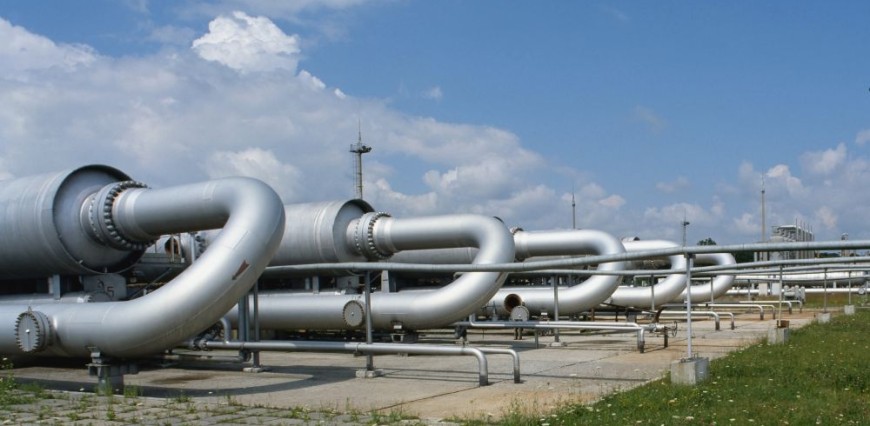
U.S. natural gas futures dropped about 5% to a 10-month low on Thursday on forecasts for warmer-than-normal weather to continue into late January.
That should keep heating demand low during what is usually the coldest part of the year and allow utilities to pull less gas from storage than usual in coming weeks.
Thursday’s price drop came ahead of a federal report expected to show last week’s storage withdrawal was much bigger-than-usual because the weather then was still colder-than-normal, prompting consumers to burn lots of gas to heat their homes and businesses.
Analysts forecast U.S. utilities pulled 228 billion cubic feet (bcf) of gas from storage during the week ended Dec. 30. That compares with a decrease of 46 bcf in the same week last year and a five-year (2017-2021) average decline of 98 bcf.
If correct, last week’s decrease would cut stockpiles to 2.884 trillion cubic feet (tcf), or 6.9% below the five-year average of 3.099 tcf for this time of year.
Traders said the market’s biggest uncertainty remains when Freeport LNG will restart its liquefied natural gas (LNG) export plant in Texas.
After several delays from October to November and then to December, Freeport now expects the facility to return in the second half of January, pending regulatory approvals.
That is in line with what many analysts have long been saying – that Freeport would likely return during the first quarter of 2023 because the company still has a lot of work to do to satisfy federal regulators before restarting the plant.
Whenever Freeport returns, U.S. demand for gas will jump. The plant can turn about 2.1 billion cubic feet per day (bcfd) of gas into LNG, which is about 2% of U.S. daily production.
Freeport shut on June 8 after a pipe failure caused an explosion due to inadequate operating and testing procedures, and human error and fatigue, according to a report by consultants hired to review the incident and suggest corrective actions.
Several vessels, including Prism Diversity, Prism Courage, Prism Agility and Elisa Larus, have been waiting in the Gulf of Mexico to pick up LNG from Freeport, some since early November.
Other ships were sailing toward the plant, including Corcovado LNG, which is expected to arrive in mid-January, and Kmarin Diamond and Wilforce expected in late January.
After jumping about 5% on Wednesday, front-month gas futures on Thursday fell 20.8 cents, or 5.0%, to $3.964 per million British thermal units (mmBtu) at 8:00 a.m. EST (1300 GMT), putting the contract on track for its lowest close since Feb. 11 for a second time this week. It also closed at its lowest since Feb. 11 on Tuesday.
That keeps the front-month in technically oversold territory with a relative strength index (RSI) below 30 for a sixth day in a row for the first time since October.
Data provider Refinitiv said average gas output in the U.S. Lower 48 states rose to 98.3 bcfd so far in January, up from 96.7 bcfd in December but still below the monthly record of 99.9 bcfd in November 2022.
Even though the weather is expected to remain warmer-than-normal through late-January, Refinitiv projected average U.S. gas demand, including exports, would jump from 110.4 bcfd this week to 121.6 bcfd next week as temperatures ease ahead of what are usually the coldest weeks of the year.
Those demand forecasts were similar to Refinitiv’s outlook on Wednesday.
The average amount of gas flowing to U.S. LNG export plants slid to 11.8 bcfd so far in January, down from 11.9 bcfd in December. That compares with a monthly record of 12.9 bcfd in March.
The seven big U.S. export plants, including Freeport, can turn about 13.8 bcfd of gas into LNG.